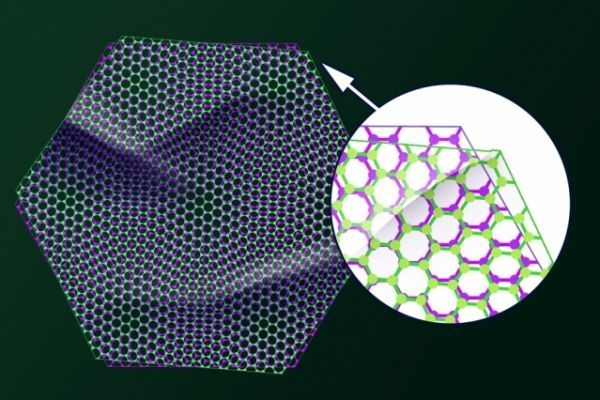Made of a single layer of carbon atoms linked in a hexagonal honeycomb pattern, graphene’s structure is simple and seemingly delicate. Since its discovery in 2004, scientists have found that graphene is in fact exceptionally strong. And although graphene is not a metal, it conducts electricity at ultrahigh speeds, better than most metals.
In 2018, MIT scientists led by Pablo Jarillo-Herrero and Yuan Cao discovered that when two sheets of graphene are stacked together at a slightly offset “magic” angle, the new “twisted” graphene structure can become either an insulator, completely blocking electricity from flowing through the material, or paradoxically, a superconductor, able to let electrons fly through without resistance. It was a monumental discovery that helped launch a new field known as “twistronics,” the study of electronic behavior in twisted graphene and other materials.
Now the MIT team reports their latest advancements in graphene twistronics, in two papers published this week in the journal Nature.
Read more at Massachusetts Institute of Technology
Image: In this illustration, two sheets of graphene are stacked together at a slightly offset “magic” angle, which can become either an insulator or superconductor. “We placed one sheet of graphene on top of another, similar to placing plastic wrap on top of plastic wrap,” MIT professor Pablo Jarillo-Herrero says. “You would expect there would be wrinkles, and regions where the two sheets would be a bit twisted, some less twisted, just as we see in graphene.”
Image Credit: José-Luis Olivares, MIT


